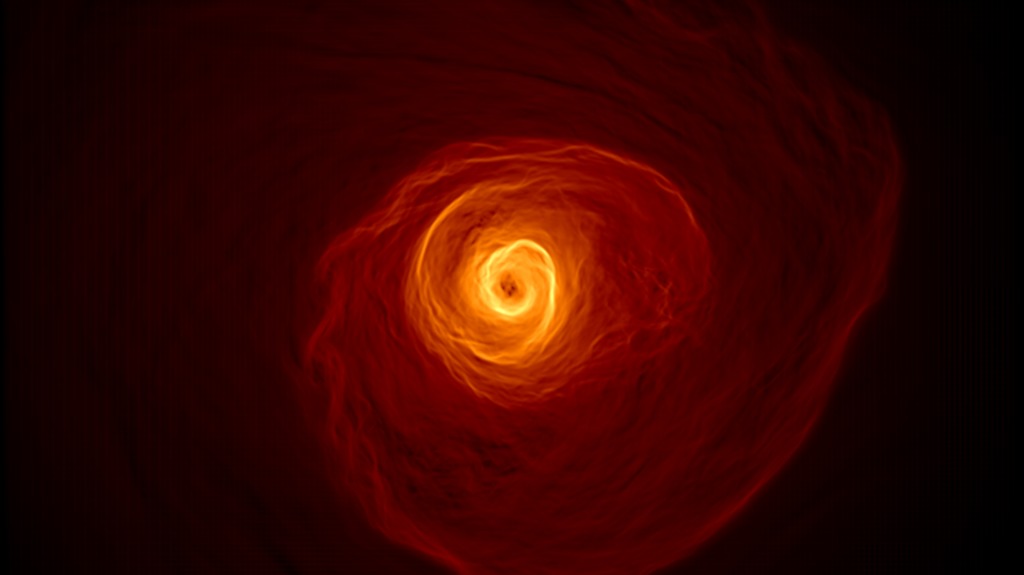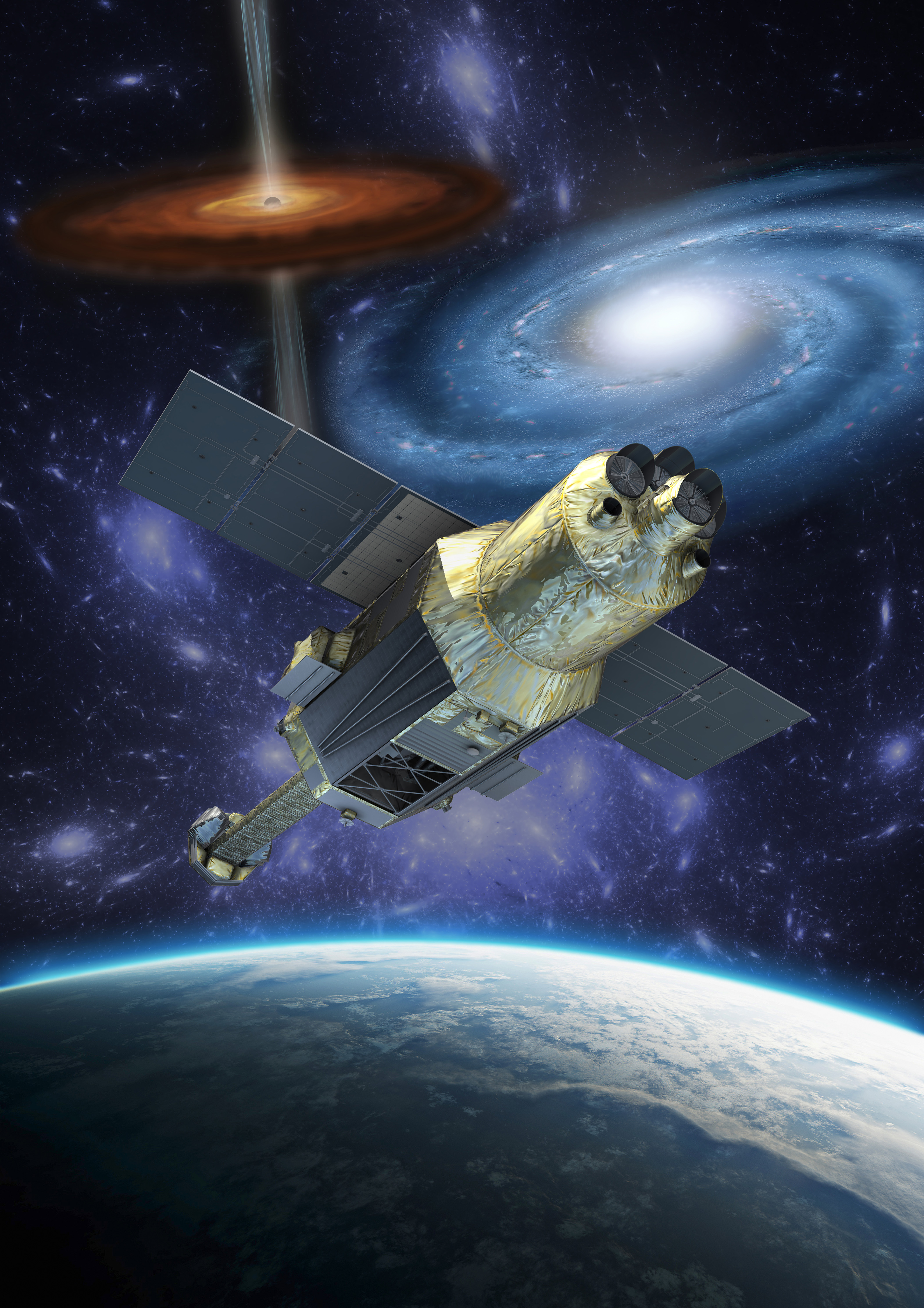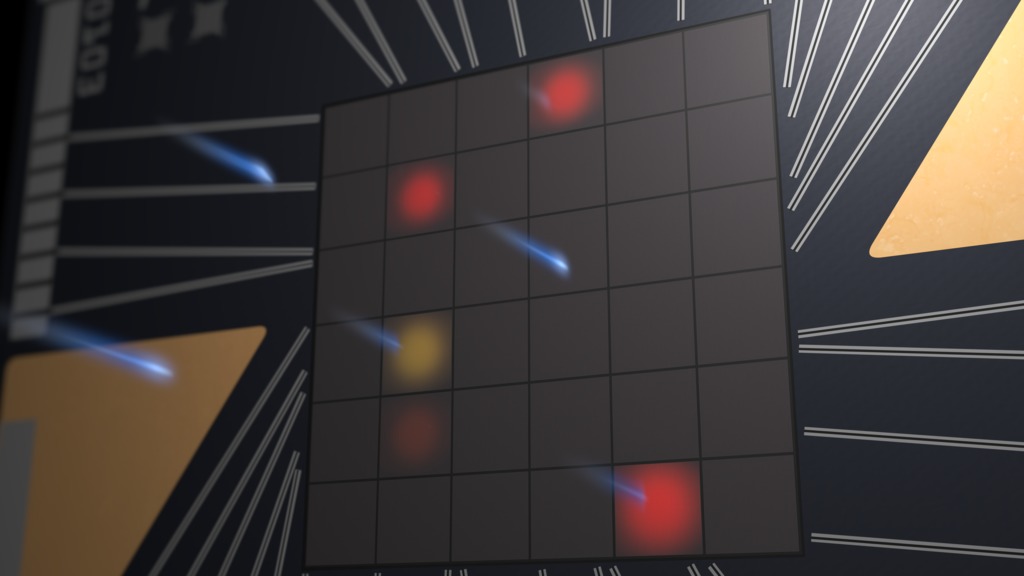Hitomi Measures X-ray Winds of the Perseus Galaxy Cluster
A revolutionary instrument aboard the ill-fated Hitomi satellite returned the most detailed measurements yet made of the million-degree atmosphere at the core of a galaxy cluster. Watch the video to learn more.
Credit: NASA's Goddard Space Flight Center
Music: "Natural Awe" and "To the Tower" from Killer Tracks
Complete transcript available.
Measurements of unprecedented detail returned by Japan's Hitomi satellite have allowed scientists to track the motion of X-ray-emitting gas at the heart of the Perseus cluster of galaxies for the first time. The results showcase the long-awaited premiere of a next-generation X-ray instrument whose key components were developed at NASA's Goddard Space Flight Center in Greenbelt, Maryland.
Led by the Japan Aerospace Exploration Agency (JAXA), Hitomi was launched on Feb. 17. Following the successful activation of the observatory and instruments, Hitomi suffered a mission-ending spacecraft anomaly on March 26.
Before its demise, though, Hitomi was able to peer into the Perseus cluster of galaxies, an assemblage of thousands of galaxies bound together by gravity. Located about 240 million light-years away and named for its host constellation, the Perseus galaxy cluster contains a vast amount of extremely hot gas. At temperatures averaging 90 million degrees Fahrenheit (50 million degrees Celsius), the gas glows brightly in X-rays. Prior to Hitomi's launch, astronomers lacked the capability to measure the detailed dynamics of this gas, particularly its relationship to bubbles of gas expelled by an active supermassive black hole in the cluster's core galaxy, NGC 1275.
For the first time, thanks to Hitomi's revolutionary Soft X-ray Spectrometer (SXS), an instrument developed and built by Goddard scientists working closely with colleagues from several institutions in the United States, Japan, and the Netherlands, astronomers have mapped the motion of X-ray-emitting gas in a cluster of galaxies and shown it moves at cosmically modest speeds.
The total range of gas velocities directed toward or away from Earth within the area observed by Hitomi was found to be about 365,000 miles an hour (590,000 kilometers per hour) -- enormous by human standards but surprisingly modest on cosmic scales. The observed velocity range indicates that turbulence is responsible for only about 4 percent of the total gas pressure. This result is of particular interest to astrophysicists. Turbulent pressure was a previously unmeasured quantity that could significantly impact estimates of the cluster's mass. The SXS measurements show that only minor corrections are needed.
The Perseus observation provides a tantalizing glimpse of the tremendous advance that X-ray microcalorimetry will bring to astrophysics. U.S. researchers pioneered development of the technology in the 1980s, but Hitomi's all-too-brief run represents its most successful space application to date.

The X-ray spectrum observed by Hitomi's Soft X-ray Imaging Spectrometer (SXS) reveals never-before-seen details of the million-degree gas filling the Perseus galaxy cluster. For comparison, a dashed red line shows the best previous observation using the Suzaku satellite's X-ray Imaging Spcetrometer (XIS). The area enlarged at right is shown on a logarithmic scale to highlight some of the important emission lines detected at higher energies. Top left: An X-ray image from NASA's Chandra X-ray Observatory reveals the hot gas filling the Perseus galaxy cluster. The square indicates the area targeted by Hitomi.
Credit: NASA's Goddard Space Flight Center

The Perseus galaxy cluster is filled with hot X-ray-emitting gas, as seen in this image from NASA's Chandra X-ray Observatory. Astronomers using the Soft X-ray Spectrometer aboard the Hitomi satellite have, for the first time, mapped the motion of this gas and determined its velocity structure across a large part of the cluster. The square overlay, which spans about 195,000 light-years at the cluster's distance, shows the area observed by Hitomi. Colors correspond to the detected gas speeds, with bluer colors indicating faster motion toward Earth and redder colors showing greater velocities in the opposite direction, as indicated by the scale at right. The image is 10.7 arcminutes across.
Credit: NASA Goddard and NASA/CXC/SAO/E. Bulbul, et al.

An unlabeled version of the image above.
Credit: NASA Goddard and NASA/CXC/SAO/E. Bulbul, et al.

In visible light, the core of the Perseus galaxy cluster looks completely different. The cluster gas so prominent at X-ray wavelengths gives way to a clutch of fuzzy galaxies viewed through a scrim of faint stars in our own. This image spans 10.7 arcminutes and shows the same sky area as the Chandra image above. The bizarre object at the center is NGC 1275, the cluster's central galaxy and itself a prominent source of X-ray and radio emission. At the galaxy's core lies a supermassive black hole activated by infalling matter. Glowing filaments extending from the galaxy trace bubbles of gas blown violently outward by the black hole. Despite this activity, Hitomi measurements show that hot cluster gas in the vicinity is moving at cosmically modest speeds.

A visible light (green and red) and near-infrared composite image of the Perseus cluster of galaxies from the Sloan Digital Sky Survey. This image spans 10.7 arcminutes and shows shows the same sky area as the Chandra and optical images above. The galaxy at the core of the cluster, NGC 1275, is located near the center.
Credit: Robert Lupton and the Sloan Digital Sky Survey Consortium

Wide-field optical image of the Perseus cluster of galaxies. This image is 28 arcminutes across -- slightly smaller than the apparent width of a full moon -- and 19 arcminutes tall. The spidery object left of center is NGC 1275, the cluster's central galaxy and itself a prominent source of X-ray and radio emission. At the galaxy's core lies a supermassive black hole activated by infalling matter. Glowing filaments extending from the galaxy trace bubbles of gas blown violently outward by the black hole. Despite this activity, Hitomi measurements show that hot cluster gas in the vicinity is moving at cosmically modest speeds.

A wide-field visible light (green and red) and near-infrared composite image of the Perseus cluster of galaxies from the Sloan Digital Sky Survey. This image is 39 arcminutes across and 29 arcminutes tall. The galaxy at the core of the cluster, NGC 1275, is located near the center.
Credit: Robert Lupton and the Sloan Digital Sky Survey Consortium

This color composite image, recreated from archival Hubble Space Telescope data, shows NGC 1275, the central galaxy in the Perseus galaxy cluster. Filaments of glowing gas, some reaching lengths of 20,000 light-years, extend from the central regions of the galaxy, where an active supermassive black hole resides. Also known by its radio designation Perseus A, NGC 1275 is over 100,000 light-years across and lies about 240 million light-years away.
Credit: NASA/ESA/Hubble Legacy Archive and Al Kelly
Credits
Please give credit for this item to:
NASA's Goddard Space Flight Center. However, individual items should be credited as indicated above.
-
Producer
- Scott Wiessinger (USRA)
-
Technical support
- Aaron E. Lepsch (ADNET Systems, Inc.)
-
Science writer
- Francis Reddy (Syneren Technologies)
-
Graphics
- Francis Reddy (Syneren Technologies)
-
Support
- Swarupa Nune (InuTeq)
Release date
This page was originally published on Wednesday, July 6, 2016.
This page was last updated on Wednesday, May 3, 2023 at 1:48 PM EDT.


